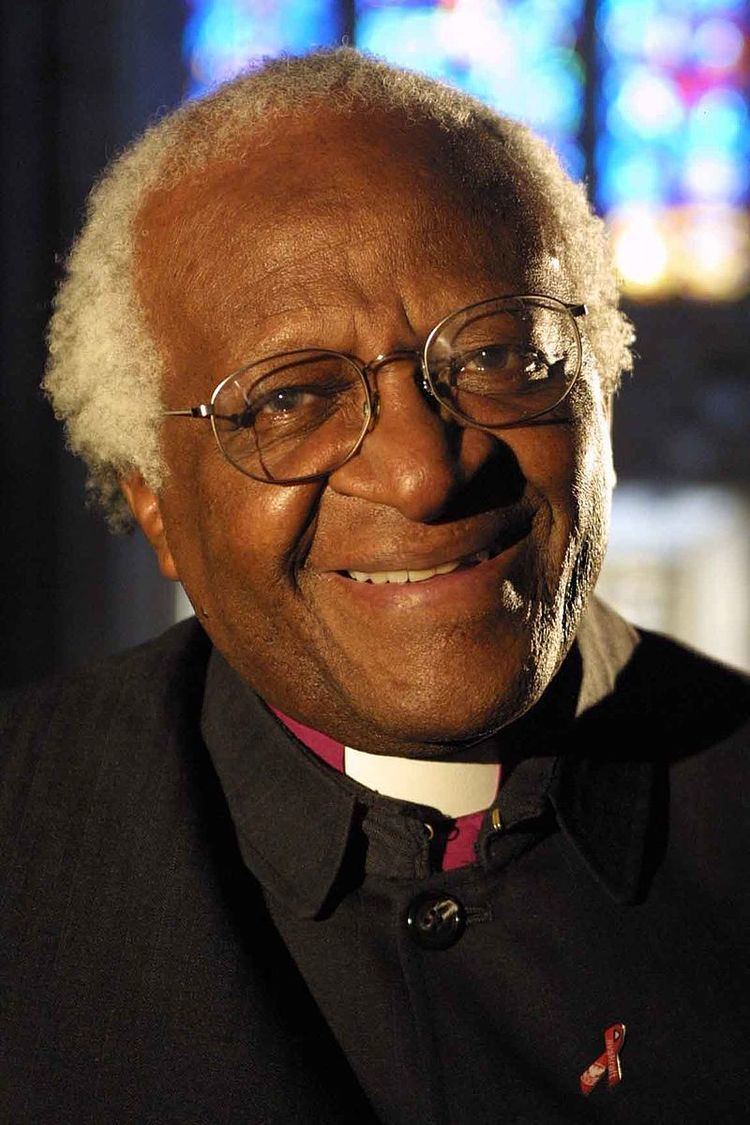 | ||
Rainbow nation is a term coined by Archbishop Desmond Tutu to describe post-apartheid South Africa, after South Africa's first fully democratic election in 1994.
Contents
The phrase was elaborated upon by President Nelson Mandela in his first month of office, when he proclaimed: "Each of us is as intimately attached to the soil of this beautiful country as are the famous jacaranda trees of Pretoria and the mimosa trees of the bushveld – a rainbow nation at peace with itself and the world.."
Symbolic identity
The term was intended to encapsulate the unity of multi-culturalism and the coming-together of people of many different nations, in a country once identified with the strict division of white and brown.
In a series of televised appearances, Tutu spoke of the "Rainbow People of God". As a cleric, this metaphor drew upon the Old Testament story of Noah's Flood, and its ensuing rainbow of peace. Within North African indigenous cultures, the rainbow is associated with hope and a bright future (as in Xhosa culture).
The secondary metaphor the rainbow allows is more political. Like the primary metaphor, the room for different cultural interpretations of the colour spectrum is slight. Whether the rainbow has Newton's six colours, or four of the Nguni (i.e., Xhosa and Zulu) cosmology, the colours are not taken literally to represent particular cultural groups.
Rainbow influence
Rainbow nation, as a spoken metaphor for South African unity is uniquely (although not deliberately) represented by the South African flag, which sports 6 different colours.
Rainbowism
South African political commentators have been known to speculate on "rainbowism", whereby true domestic issues such as the legacy of racism, crime, and the like are glossed over and "sugar-coated" by the cover of rainbow peace. South African politician, academic, and noted poet Jeremy Cronin cautions:
